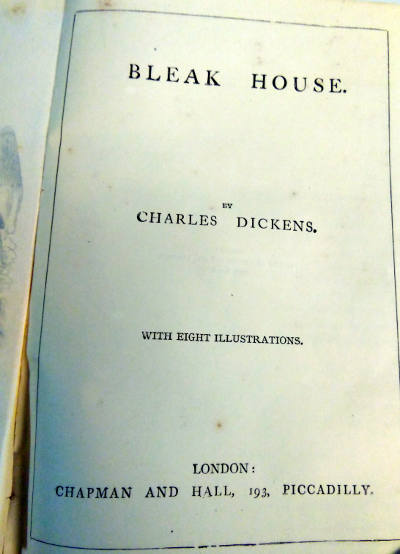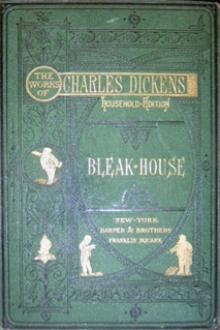

In one we are meant to take seriously the characters and their dramas, while in the other we are made to see the story’s many players as little more than laughing stocks. These two narratives have rather clashing tones: Esther’s chapters convey her ‘kind’ worldview (and alongside her we are supposed to feel pity for everybody she encounters and everything that happens) while the third-person one makes fun of everybody and everything. The novel intertwines two narratives: one is from the heroine’s, Esther Summerson, perspective, while the other one is the classic omniscient narrative. This mammoth of a novel presents its readers with a dizzying constellation of subplots that are allegedly unified by the absurd and never-ending court case of Jarndyce and Jarndyce. The humour present in Bleak House consists mostly in the narrative painting its characters as utter fools and in the usage and repetition of funny names (such as Boodle, Coodle, Doodle, Goodle, Hoodle, Joodle, Koodle, Loodle, Moodle, Noodle, Poodle, and Quoodle….highly amusing stuff, right?). Having genuinely loved Great Expectations I am rather disappointment by this novel.

There is a lot of ‘jumble and jargon’ going on in Bleak House. While the first few chapters of Bleak House are rather entertaining, the fifty chapters that follow? Not so much.


 0 kommentar(er)
0 kommentar(er)
